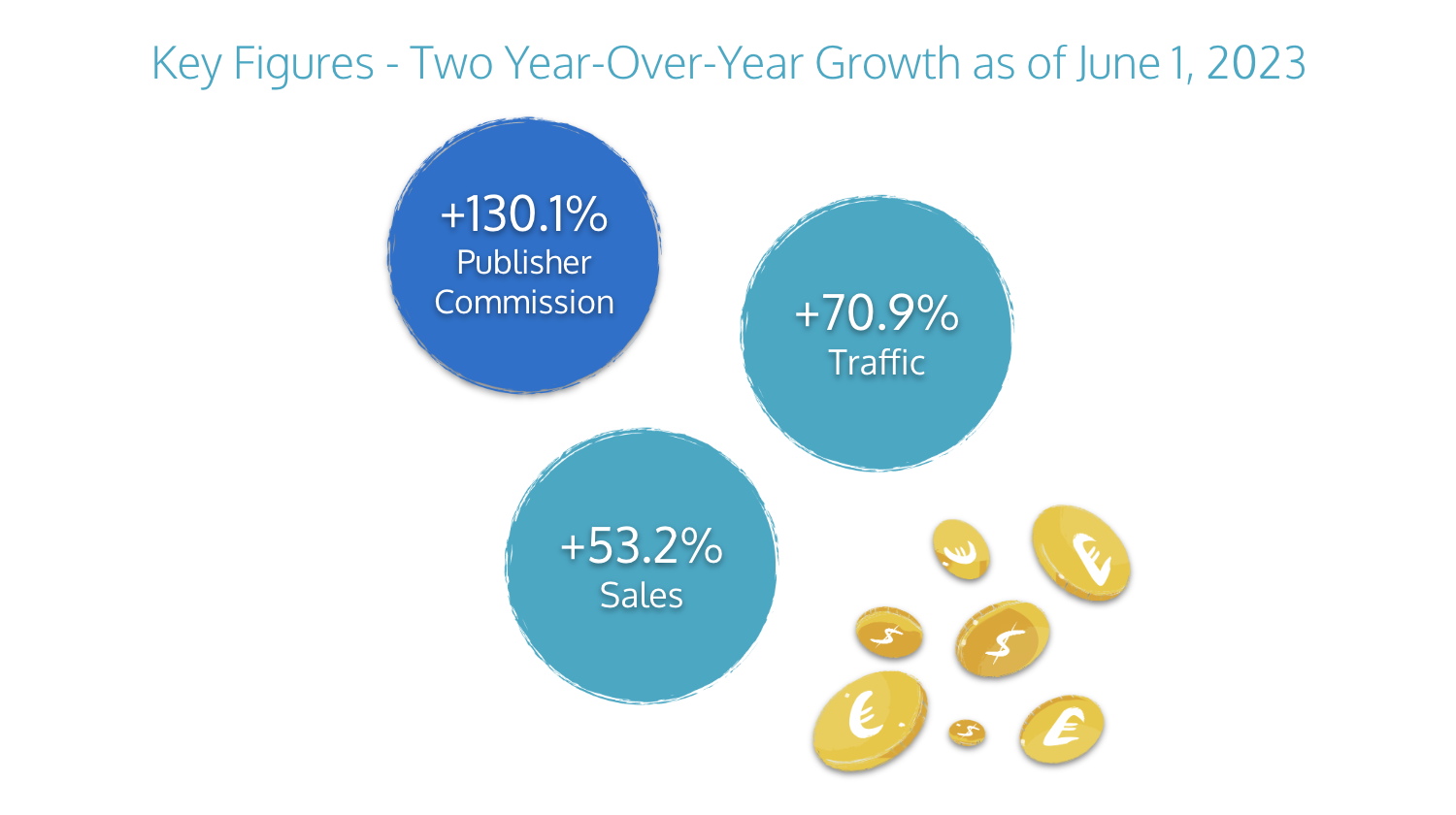In our most recent case study, we had the privilege of interviewing Ada Wong, the Product Director at SCMP Hearst, to gain insights into their captivating commerce content journey with Skimlinks. The first installment of this series highlights South China Morning Post’s successful journey in affiliate marketing, from its inception until now.
Tell me about your commerce content strategy
SCMP Hearst Hong Kong, a joint venture of Hearst Magazines International and South China Morning Post (SCMP), has been operating for over 40 years. We are proud publishers of five internationally renowned lifestyle magazine titles, namely Cosmopolitan, Harper’s BAZAAR, ELLE, Esquire, and ELLE Men in Hong Kong. Our primary focus is delivering professional content on fashion, beauty, grooming, and lifestyle through both our online channels and printed magazines.
Our commerce content strategy began with our dedicated professional content team sharing their expertise, comments, and opinions on fashion, beauty, and lifestyle topics. They serve as valuable sources of information, offering their professional knowledge, purchasing tips, and suggestions to our readers. However, we wanted to enhance our readers’ experience and foster greater engagement. To achieve this, we expanded our content offerings to include commerce content and product recommendations through various channels, such as our websites and social media.
By incorporating commerce content, we aim to provide our readers with valuable tips and recommendations on products relevant to their interests. To ensure the effectiveness of our strategy, we carefully evaluate and analyze the responses and feedback from our readers. This allows us to continually assess and improve our plans, incorporating insights gained directly from our audience.
How long have you focused on affiliate marketing
We have been actively engaged in affiliate marketing for approximately four years. Our journey began in 2019 when we partnered with Skimlinks as our first affiliate partner. Initially, we focused on catering to our women audience by providing them with relevant and enticing visual content. We initiated commerce content strategies for three popular magazines: Cosmopolitan, Elle, and eventually Harper’s Bazaar.
We strategically chose Cosmopolitan and ELLE due to their larger audience base. These magazines catered to a wider demographic, allowing us to reach a mass audience with our affiliate marketing efforts. On the other hand, Harper’s BAZAAR had a specific focus on the luxury, professional, and high-end market. This presented a unique opportunity to tap into a more niche audience segment and explore the potential of affiliate marketing in this exclusive domain.
As our endeavors progressed, we expanded our scope by venturing into the realm of male-oriented content with Esquire magazine. Convincing male readers to make purchases through commerce content required a different approach and careful consideration. However, we embraced this challenge and strived to grow in this domain, recognizing the immense potential it held for our overall affiliate marketing strategies.

What led you to pick Skimlinks as a partner
There were three main reasons that led us to select Skimlinks as our partner. Firstly, Skimlinks already started the partnership with Hearst International, they offered an extensive international merchant network, which was crucial for the operation of five different international brands. Given that we focus on content related to luxury and well-known brands, it was essential for us to align with partners that fit our branding criteria. During our research phase, we evaluated the affiliate networks’ brand coverage, and Skimlinks stood out as a better match for our company’s branding strategy.
Initially, fashion wasn’t the dominant shopping content for us. Beauty products were easier to kickstart, particularly before the pandemic in 2019 when people in Hong Kong preferred purchasing fashion items, especially luxury goods, at physical stores to try them on. As a result, we initially focused on beauty and other lifestyle categories, such as travel and hotel recommendations, as well as technological gadgets like Casetify. We believed these categories would resonate with our male audience. By starting with these trial categories, we tested the waters with commerce content.
However, over the past two years, the pandemic has significantly shifted purchasing behaviors, with fashion categories performing better than before. We also witnessed strong performance in the wellness category on SCMP, and our partnership with iHerb’s Flat Fee deal, particularly on Elle and Cosmopolitan, yielded excellent results.
Secondly, Skimlinks demonstrated strong technical capabilities, which was important to us, considering that our editors are not necessarily technologically savvy. Skimlinks’ user parameters, Editor Toolbar, and Publisher Hub provided valuable tools for our editors to easily integrate product placements into their editorial content. This user-friendly interface made it much simpler for us to embark on affiliate marketing.
Finally, compared to our past experiences with other affiliate networks, Skimlinks stood out with robust technical support. We were able to access data through their API, and last year we initiated the integration of our CMS with Skimlinks’ database using their product API. This integration significantly enhanced our shopping content and streamlined our processes. API reporting offers complete transparency by providing information on generated commissions, cancellations, reversals, product names, and more. It also offers valuable product insights, aiding SCMP in determining which products to feature.


